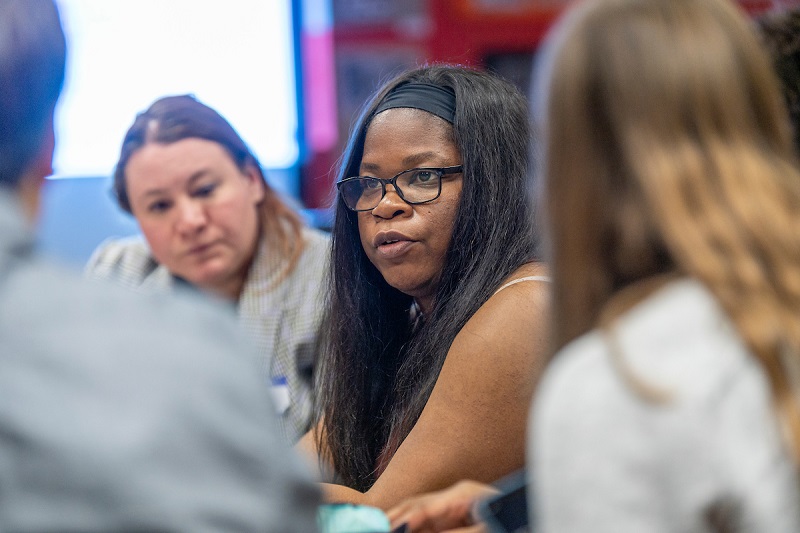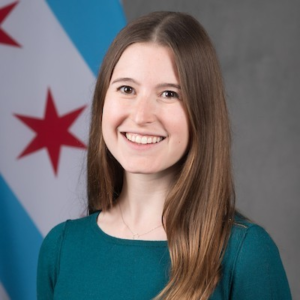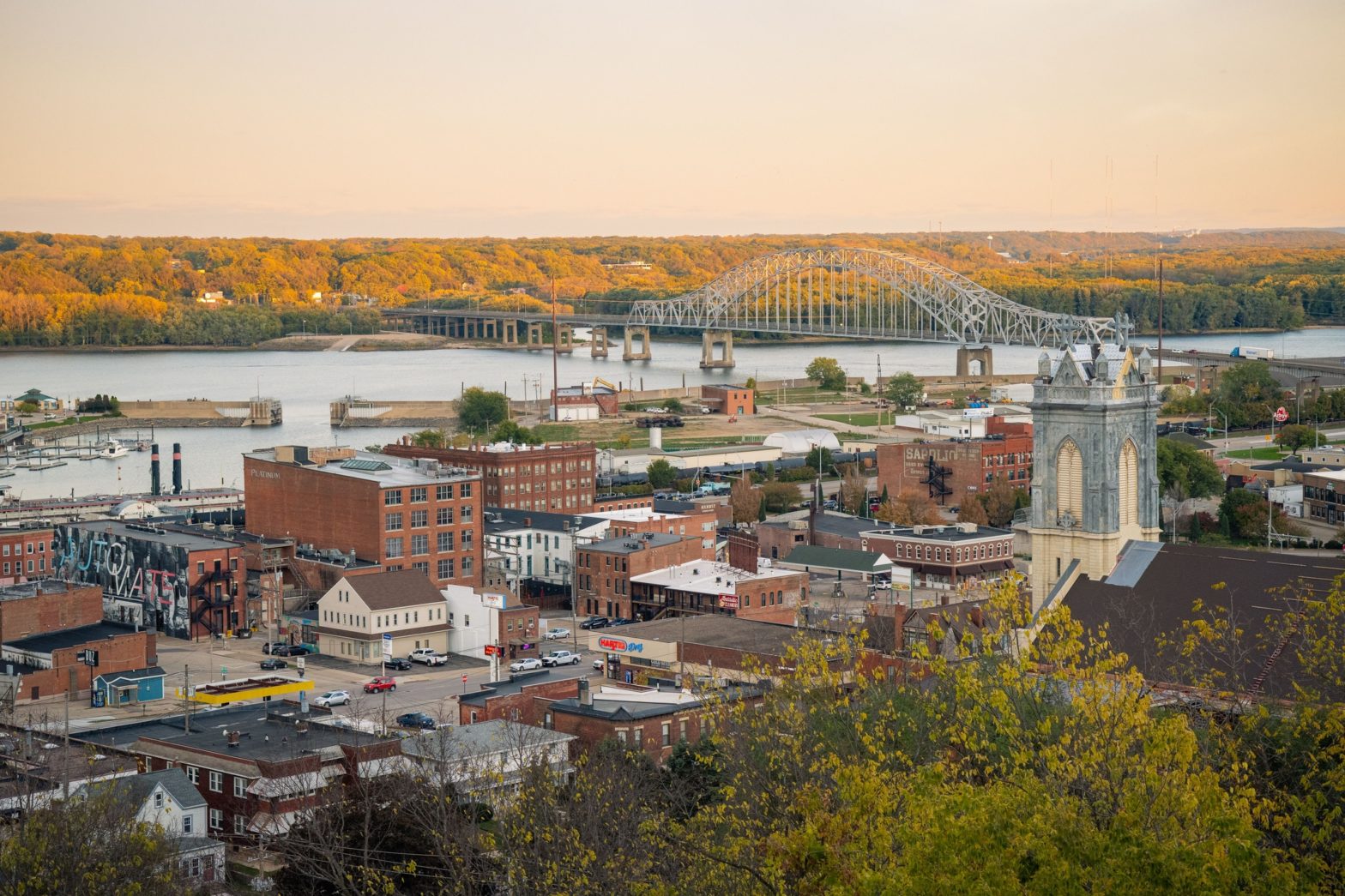
Photo: Chicago Mayor’s Office/Twitter (members of the Digital Equity Council meet)
Chicago releases digital equity plan
07 February 2023
by Sarah Wray
The City of Chicago has published its digital equity plan, following an extensive community engagement process.
It includes new and expanded initiatives to install public Wi-Fi, use city assets to boost broadband, and encourage the uptake of federal connectivity subsidies. Plans also focus on improving access to devices, training, and clear information.

The roadmap was developed by the city’s cross-sector Digital Equity Council and involved months of collaborative work, including 17 workshops, 3,000 survey responses, and conversations with nearly 400 residents.
Although Chicago’s digital divide has shrunk in recent years, over 15 percent of households (172,000) still don’t have internet at home and as many as eight percent (92,000) don’t have access to a connected device at home.
“And we know that this is an inequity; it’s not spread evenly across the city,” said Devon Braunstein, who is Chicago’s first Digital Equity Director. She was appointed to the role at the end of last year, after serving as Digital Inclusion Policy Fellow in the Mayor’s Office.
In the ten least-connected areas in Chicago, 72 percent of residents are Black and 25 percent are Latinx, with the average median household income just under US$35,000.
Co-creation
The Digital Equity Plan builds on Chicago Connected, a US$50 million four-year public-private partnership launched in June 2020 to provide free internet to low-income Chicago Public Schools students. In its first two years, the programme connected 100,000 students to at-home broadband.
The Digital Equity Council was created in May 2022 to make long-term recommendations, led by a cross-sector Guiding Team.
“We started with understanding barriers to digital equity,” Braunstein told Cities Today. “So we went into communities of the city with the lowest rates of broadband connection and we also talked with community members who had higher barriers to digital equity, whether that’s people with disabilities, English language learners, people in public housing, or immigrant communities.”
“We took all that back and pulled out the biggest themes and barriers that we saw,” she added. “We did a whole asset-mapping process, and then we went back into communities, shared what we learned and then co-created solutions together based on what we heard from those initial conversations.”
The research highlighted obstacles across four main areas: affordability, technical, digital literacy and consumer experience.
Braunstein said the documented strategy is important for accountability.
“We wanted folks to see their experiences reflected in this plan because this was a very community-driven process,” she commented. “And it also charts the path for us so we can get organised around all of the different entities and stakeholders who are working on this issue across the city.”
Funding
A key part of the new plan is to turn the Digital Equity Council into a long-term coalition that will provide a permanent space for advocacy, feedback, networking and sharing best practices.
The plan outlines recommendations to create a public-facing website for digital equity resources and a consumer toolkit for navigating broadband offerings. A coordinated, citywide campaign will aim to increase sign ups to the federal Affordable Connectivity Program.
The strategy also details plans to install free public Wi-Fi at 60 parks. In addition, following a Request for Information at the end of last year, the city anticipates launching a Request for Proposals in spring around making assets like rooftops and light poles available for broadband providers offering affordable services for underserved communities.
To improve digital literacy, the city will build on schemes through schools, colleges, libraries and community organisations.
“The last thing that we wanted with this plan was to create something really bold that would just sit on the shelf and collect dust, so we were really intentional about making sure that the recommendations were actionable,” said Braunstein.
Each recommendation has an owner and a planned or potential funding source.
Under the Chicago Recovery Plan, funded through American Rescue Plan Act (ARPA) allocation and bond issuance, the city has earmarked US$36 million for digital equity, including US$28 million for neighbourhood broadband and US$6 million for Wi-Fi in parks. The city also plans to tap additional funding from sources such as the Broadband Equity Access and Deployment (BEAD) Program and Digital Equity Act.
Braunstein added that it was important to bring together partners for a coordinated approach to investment and funding applications.
Patience
Her big takeaway from the process so far has been that: “You can’t rush equitable community engagement.”
“It really takes time, patience and open-mindedness to meaningfully engage folks impacted by the issue at hand,” she commented. “I would emphasise the importance of listening and being ready to adjust based on their feedback.”
Braunstein said Chicago’s engagement wouldn’t have been possible without trusted community partners who have existing relationships with residents.
The city plans to develop a community ambassador scheme that would extend participation to people who are passionate about closing the digital divide but not necessarily associated with a specific organisation.









